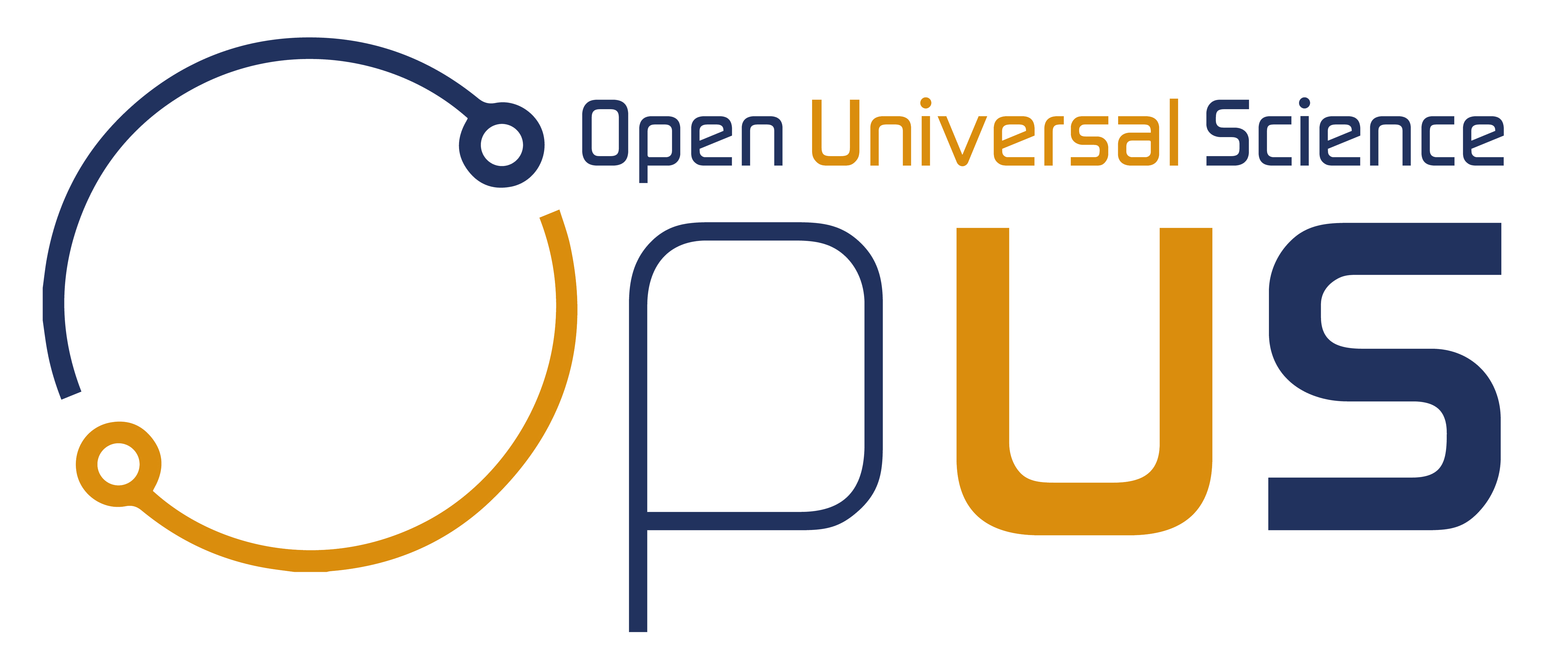Unveiling the Hidden Benefits of Open Science
Unveiling the Hidden Benefits of Open Science https://opusproject.eu/wp-content/uploads/2023/12/hidden-benefits-advantage-money-business-company-icon-label-badge-design-vector-1024x1024.jpg 1024 1024 Open and Universal Science (OPUS) Project Open and Universal Science (OPUS) Project https://opusproject.eu/wp-content/uploads/2023/12/hidden-benefits-advantage-money-business-company-icon-label-badge-design-vector-1024x1024.jpgScience has always been a journey of discovery, where researchers explore the unknown to unravel the mysteries of our world. Traditionally, this process has often been shrouded in secrecy, with findings guarded until publication. However, the emergence of open science has revolutionized this paradigm, bringing forth a new era of transparency and collaboration. Beyond its apparent advantages, open science also harbors hidden benefits that extend far beyond the confines of research laboratories.
- Accelerated Progress:
One of the concealed gems of open science is its ability to expedite the pace of discovery. By freely sharing data, methodologies, and results, researchers can build upon each other’s work. This collaborative approach minimizes redundancy, enabling the scientific community to collectively move forward more swiftly. As a result, breakthroughs in various fields can be achieved at a much faster rate, contributing to the overall advancement of human knowledge.
- Enhanced Reproducibility:
Open science fosters transparency in research by making data and methodologies openly available. This transparency not only allows for the verification of findings but also promotes reproducibility. When others can replicate and confirm results, the credibility of scientific research is strengthened. This hidden benefit ensures that scientific knowledge is built on a solid foundation, reducing the likelihood of erroneous conclusions slipping through the cracks.
- Diverse Perspectives and Inclusivity:
The collaborative nature of open science transcends geographical and institutional boundaries, providing an avenue for diverse voices to contribute. This inclusivity is a hidden treasure, as it ensures that a broader range of perspectives and experiences are considered in the scientific discourse. By breaking down barriers, open science promotes a richer, more comprehensive understanding of complex issues.
- Educational Opportunities:
Open science doesn’t just benefit established researchers; it also opens doors for aspiring scientists and students. Access to openly available data and resources provides valuable learning opportunities. Students can engage with real-world data, enhancing their understanding of research methodologies and encouraging them to actively participate in the scientific community. This democratization of knowledge contributes to the growth of a more informed and skilled future generation of scientists.
- Increased Public Trust:
When research is conducted openly, with findings accessible to the public, it fosters a sense of trust and accountability. The hidden benefit here lies in the strengthening of the bond between the scientific community and the public. By demystifying the scientific process and making it accessible, open science helps bridge the gap between experts and the general population, promoting a more informed and science-literate society.
Nurturing a Collaborative and Transparent Future
Open science is not merely a trend but a transformative force that has the potential to reshape the landscape of research. Beyond its overt advantages, the hidden benefits of accelerated progress, enhanced reproducibility, diverse perspectives, educational opportunities, and increased public trust contribute to a more robust and inclusive scientific ecosystem. As we continue to unveil these hidden gems, the path ahead becomes clearer, promising a future where the pursuit of knowledge is a collaborative and transparent endeavor for the betterment of all.
Photo via Vecteezy
- Posted In:
- Open Science News




